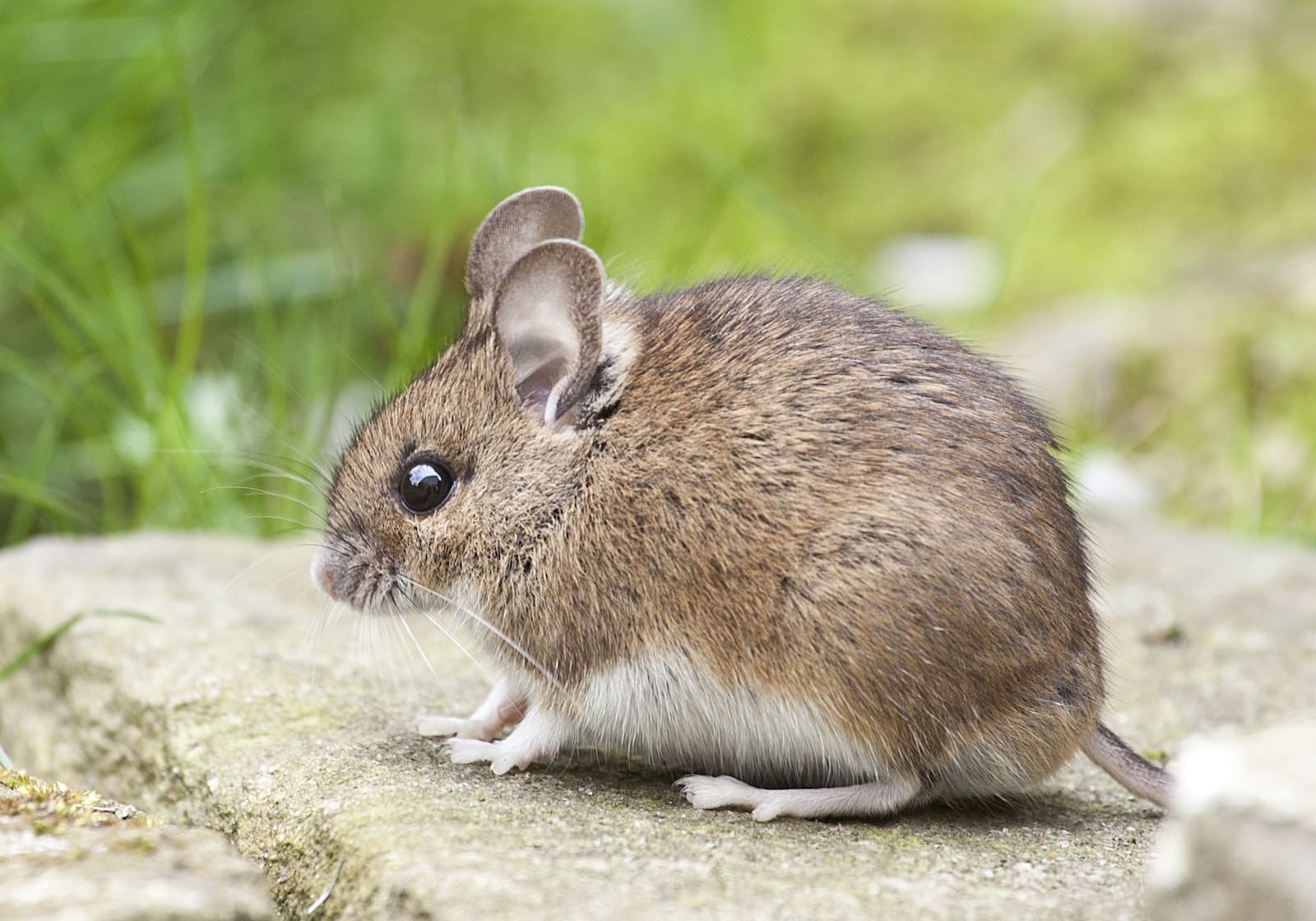Who was there in your kitchen? A rat or a mouse? It is very difficult to differentiate between rats and mice as they are almost alike and equally devastating. But there are a lot of differences by which we can easily identify them.
The differences can be made in terms of size, types, habits, appearance. However, both of the species have common features such as a pair of front teeth or incisors.
Key Takeaways
- Mice are smaller than rats, with a more rounded body and a smaller, more triangular head.
- Mice have longer tails than their body, while rats have shorter, thicker tails.
- Rats are more aggressive and destructive than mice, and they can cause more extensive property damage.
Mice vs Rats
Mice are small rodents with pointed snouts, rounded ears, and long, thin tails. They are between 2-4 inches and are kept as pets or used in scientific research. Rats are rodents larger than mice, with longer bodies. They can be found in the wild, being kept as pets or used in research.

Mice are a type of rodent that is small in size, weight and length. But their breeding capacity is more than rats. They can be of three colours- white, brown and grey. They also like to live close to the ground, like burrows or small holes in the ground.
Rats are bigger in size, weight and length than mice. They don’t have much hair on their body. They come in three different colour varieties- white, grey, brown or black.
They like to have their homes built above from the ground and have very fearful behaviour. But they are stronger than mice and can destroy anything made of wood, glass or metal of any kind.
Comparison Table
| Parameters of Comparison | Mice | Rats |
|---|---|---|
| Size | Mice are smaller. They weigh around 12- 45 grams, have big ears and a tail that is long and thin, covered in hair. | Rats are bigger in size. Their weight varies from 150 to 300 grams. They have thick tails without any hair. |
| Behaviour | Though mice are smaller, they are fearless and always on their way to finding out new things. | On the other hand, rats are fearful. They like to stay in one place and don’t like roaming around too much. |
| Damaging | Mice cause less damage to things as their teeth are not so strong. | But rats are very destructive. |
| Living habits | Mice stay close to the ground like in burrows, holes, tunnels. | Rats tend to live high from the ground. |
| Food intake | A mouse can consume 3 grams of food every day. | Rats can survive on 15-30 grams of food per day. |
What are Mice?
Mice can be found in small holes, burrows or tunnels in the ground. The size of their body is small though they have large ears a tail that is thin and full of hair. They can also be distinguished from rats by their larger feet and head.
Since they are small in size, they weigh around 12-45 grams and can be 3-10 cm long. After achieving sexuality, they can breed 4-16 pups per litter. They can survive on 3 grams of food and 3 ml of water per day.
They have hair all over their body except the tail and are found in three different colours- white, brown and grey.
A mouse can also be identified by its droppings. If the ends of those droppings are pointed, they belong to mice. Though smaller in size, mice are more adventurous and braver than rats.
They love to roam around and explore new places that indicate their curious nature.
However, they cause less damage and are less destructive in nature as they have weaker teeth than rats. They can survive up to one year but can be extended to three years if they are put in a protected environment. They are killed and eaten by rats.

What are Rats?
Like mice, rats also belong to the rodent family but are bigger in size than mice. Their body weight varies from 150- to 300 grams and can be 40 cm in length. However, the size of their ears is small. The tails are long, thick and almost without hair.
Rats have short, stubby and big heads compared to large bodies. Their eyes are also very small. They can survive on 15-30 grams of food and 15-60 ml of water every day.
The shape of their droppings is like the shape of a banana and can be identified with the help of this.
Rats are fearful animals. They don’t like exploring new locations and things.
Thus, sometimes it becomes very difficult to trace them. But they are more destructive than mice as they have sharp and strong teeth that can even gnaw wood, metal and even glass.
However, their breeding capacity is less than mice. A female rat can litter 3-6 times a year, and per litter produces 7-8 pups. They can live up to three years for maximum and get killed or trapped.
They love to make their home far from the ground, but brown rats are exceptions as they stay close to the ground.

Main Differences Between Mice and Rats
- Mice are smaller in size than rats. While the former has a thin hairy tail, the latter has a thick tail covered in hairs.
- A female mouse can litter up to 16 pups at one time, a female rat can litter up to only 8 pups once.
- While mice are adventurous, curious and brave in nature, rats are fearful timid in nature.
- Mice consume less amount of food and water than rats.
- Mice are less destructive than rats that can devour any material with their sharp teeth.

References
- https://europepmc.org/article/med/596982
- https://www.jstatsoft.org/index.php/jss/article/view/v045i03
